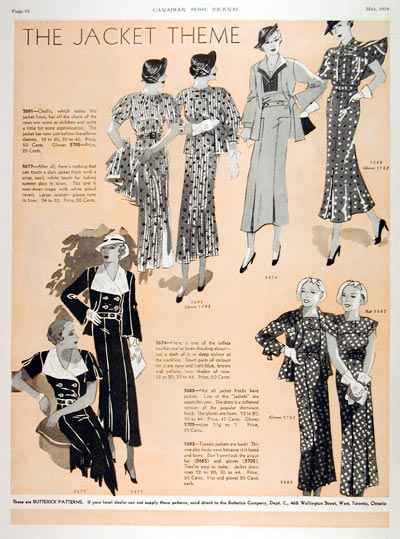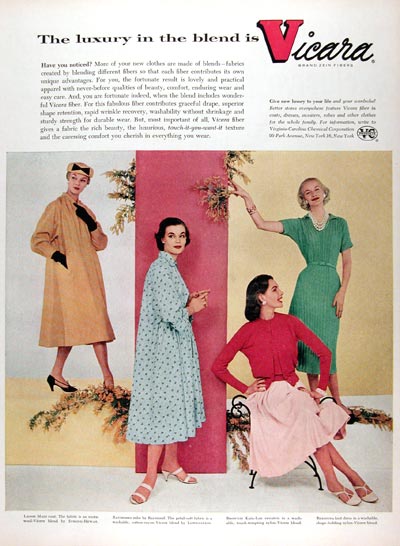Because models apparently aren't beautiful, slender or tall enough, the fashion world further slims their hips and waists, elongates their legs, and enlarges their eyes, hair and breasts.
The left picture is a more accurate representation of what a 29 yr old's bottom looks like.
"We're always stretching the models' legs and slimming their thighs," a Manhattan-based photo retoucher tells NEWSWEEK, speaking anonymously for fear of professional backlash.

See how she's so fat in the second picture? Obviously such flaws had to be fixed.
I'd love to tell you this is just a new fad, or something that our Evil Modern Society created. Unfortunately, "airbrushing" has been around for hundreds (thousands?) of years.
It used to take the form of paintings and sculpture.
Henry VIII (yeah, that Henry) famously demanded that since he had yet to see Anne of Cleves, that his royal portraitist must paint her accurately and not flatter her.
If all artists painted accurate representations of their subjects, then why such a demand? Because almost NO ONE did that. That would be poor business.

I don't know, she still doesn't look too bad.
Only since the invention of photography were we able to prove that the art was less than realistic, but it's been going on long before the 19th century.
The Princess Alice, Grand Duchess of Hesse, in a lovely painting:

The Princess Alice in real life:

She's not ugly, but didn't naturally possess the mid-late 1800s female aesthetic Ideal which was extremely sloping, white rounded shoulders, plump arms, and round face having tiny nose over heart-shaped lips.
Queen Victoria in her wedding dress:

And here is the Queen in her wedding dress.

Here's another painting of her:
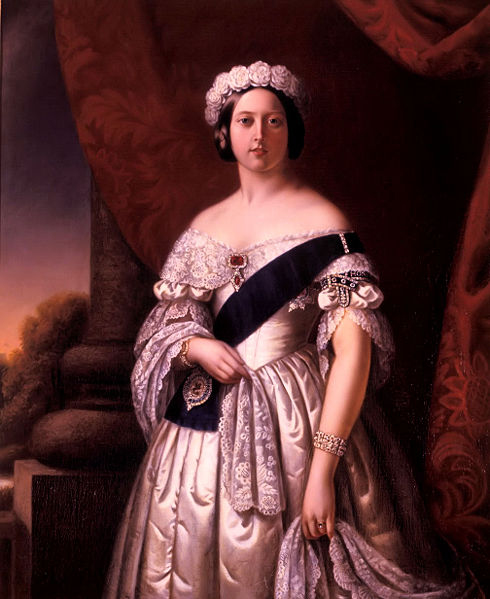
It doesn't even look like the same person in the face.
Not only women were "photo-shopped" in paintings. Here's President Andrew Jackson's photograph...

...which is far cry from paintings and money depicting him:
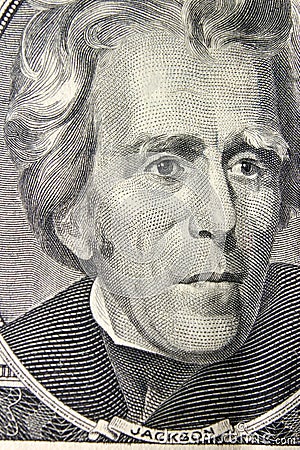
Note the strong jaw and expressive eyes that are required of all men.

Print of Andrew Jackson in his natural state of "kicking British ass." Still not my favorite President.
When a 5'9" model weighing less than 115 is not a "good enough" shape for Fashion, this is what we are left with after the airbrushing:

This is a real Ralph Lauren catalog.
But is it so much worse than this was?

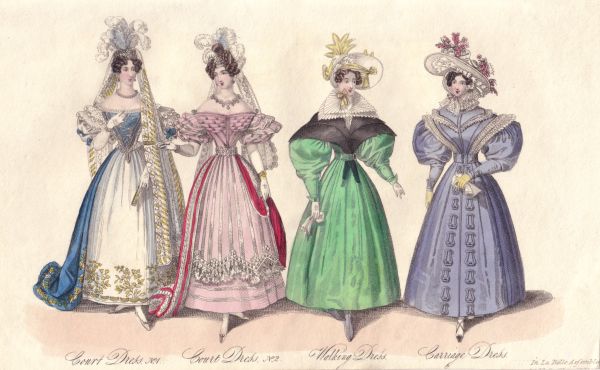
1830s fashion plates. Notes the elongated necks, sloped but wide shoulders, oddly narrow feet, tiny high waists.


